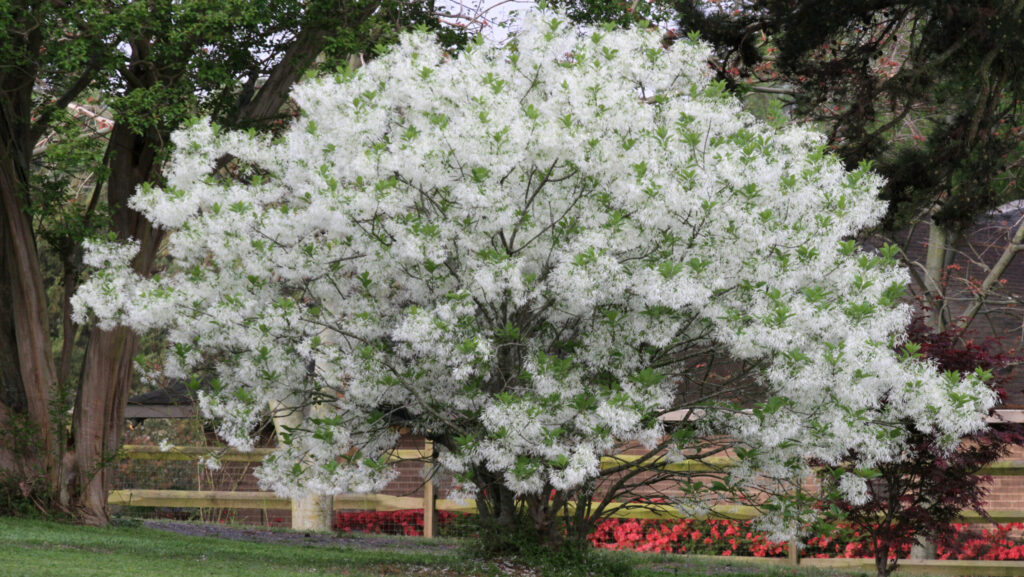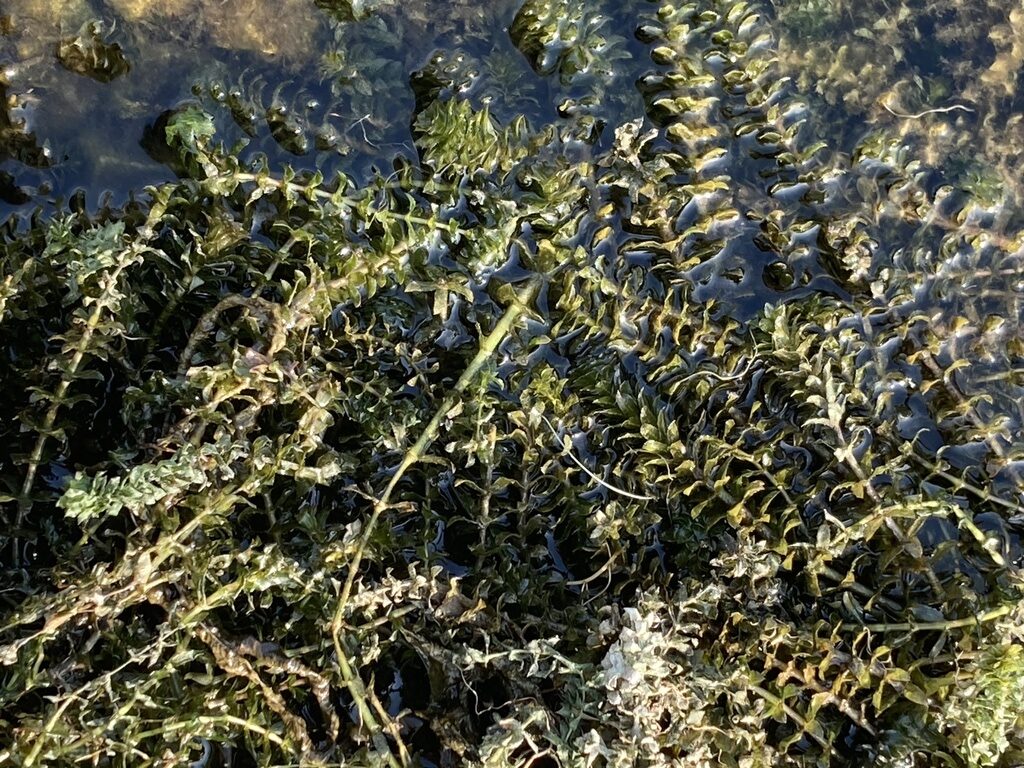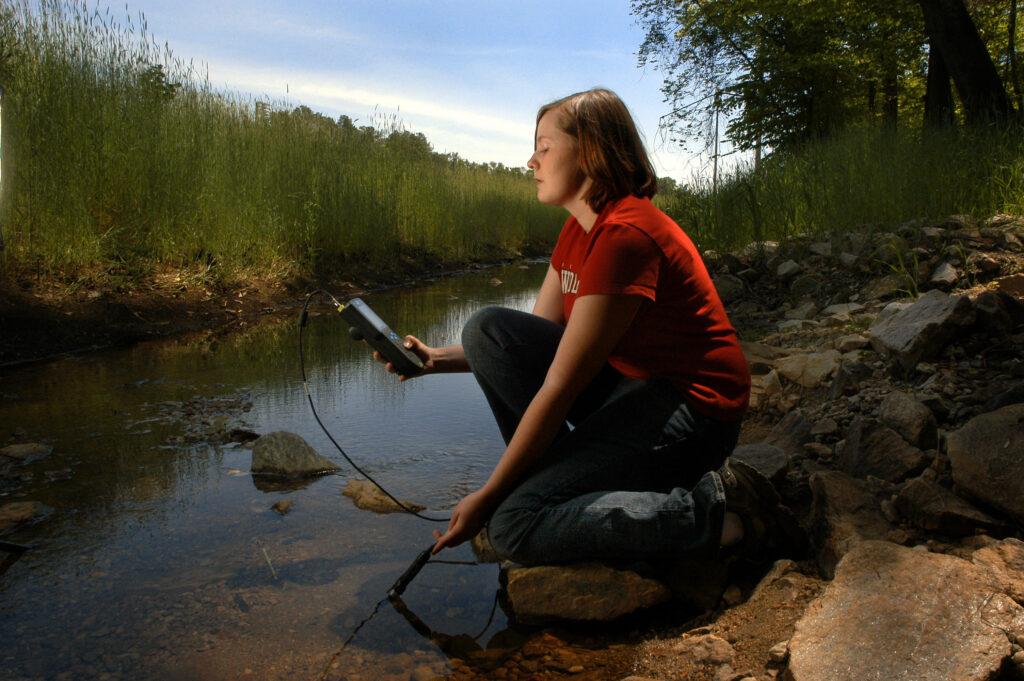
Supporting Vibrant Coastal Ecosystems
Land-use, property development, and rising populations in coastal and upland areas bring new challenges in protecting our state’s waterways. Degraded habitats and poor water quality threaten living resources and even can impact human health.
North Carolina Sea Grant brings together scientists, resource managers, and community stakeholders to facilitate research, outreach, and education about our state’s unique habitats and the species that rely on them. Projects like these below help to balance local and state needs while conserving the natural environment.
Coastal Landscapes Initiative

Addressing Marine Debris
Plastic and other litter threatens the environment and safe navigation of waterways – with potential implications for economic and human health in our state and beyond. Through a variety of projects addressing marine debris, North Carolina Sea Grant and our partners are helping to better understand and prevent adverse impacts on coastal economies and ecosystems.

NOAA Marine Debris Program.
- New research is investigating how much plastic travels from the upper areas of the Neuse River watershed into the Pamlico Sound. The study is among initiatives launched in collaboration with the NOAA Marine Debris Program to research, prevent, and remove marine litter.
- The North Carolina Marine Debris Action Plan provides a strategic framework for prevention and removal of marine debris along the North Carolina coast and is based upon a recent evaluation of past and current attempts to address the problem.
- North Carolina Sea Grant also has supported marine debris and environmental education research.
- The first reporting tool designed to document when and where marine debris harms animals in the Carolinas and Georgia is now available. The “Tangled in Trash” app relies on information from anyone who finds wildlife entangled or injured in marine debris and trash.
- Efforts to remove derelict crab pots and other lost fishing gear from coastal waters expanded statewide in 2017 thanks to funding from the North Carolina General Assembly on a North Carolina Sea Grant project, with partners from the North Carolina Coastal Federation and the N.C. Division of Marine Fisheries.
- North Carolina Sea Grant also partners to reduce plastics and other litter in creeks, including in the Walnut Creek Watershed.
- We also partnered to develop a guide on marine debris for classroom and informal educators of students in grades 5 through 8, including activities that introduce litter, abandoned or derelict boats, and lost or abandoned fishing gear.
Assessing Algal Blooms, Making Seasonal Hypoxia Forecasts, and Monitoring Water Quality
Under the right conditions, algae can multiply to high concentrations called algal blooms, diminishing water quality significantly, and, as a recent North Carolina Sea Grant fellow investigated, potentially impacting air quality.
View the Algal Bloom factsheet
North Carolina Sea Grant also has a long supported water quality monitoring on the Neuse River estuary. An experimental model – developed by a team that includes researchers at North Carolina State University and the University of North Carolina at Chapel Hill – has helped predict hypoxia (low levels of oxygen) and the likelihood of associated algal blooms in 2018, 2019, 2020, and 2021.

This new models builds upon decades of water quality data collected through the Neuse River Estuary Modeling and Monitoring Project, also known as ModMon. This work increasingly relies on the involvement of stakeholders and community members who contribute input and collect data.
Managing Aggressively Invasive Hydrilla
Hydrilla verticillata grows fast and forms thick mats at the water’s surface, outcompeting vegetation native to North Carolina and reducing biodiversity. The plant hinders water-based recreation, angling and commercial fishing, and local economies.

Communities and agencies are concerned about Hydrilla in the Albemarle Sound and surrounding rivers, where conditions do not appear to limit the plant’s spread, making it difficult to eradicate. Catching Hydrilla early allows for more efficient control and greater potential to protect coastal rivers and sounds.
North Carolina Sea Grant and our partners raise awareness about Hydrilla and how best to respond to it to maintain healthy coastal ecosystems.
- Hydrilla one-page fact sheet
- Read “Evicting An Invader: Reducing the Spread of Hydrilla” in Coastwatch
Restoring Dunes and Creeks
From the mid-1990s through 2010, North Carolina Sea Grant and North Carolina State University implemented a stream restoration and greenway plan to renovate Rocky Branch, an urban creek that runs through the heart of the university campus. The restoration improved water quality, enhanced aquatic and wildlife habitat, and integrated the creek into the campus environment.

More recently, we have continued with similar work through projects addressing plastics and debris in the Walnut Creek Watershed and reducing runoff into Black Creek by engaging schoolchildren to create solutions through green infrastructure.
Our collaboration on stormwater master plans for 20 schools in the Neuse and Tar River Basin resulted in design and implementation of new stormwater wetlands, while a local watershed plan provided the impetus for projects that addressed stormwater runoff in Raleigh, as well as job training that led young adults to improve a wetland park.
North Carolina Sea Grant also has helped conserve dune habitats on the coast through efforts to save the crystal skipper butterfly, as well as providing seminal resources like The Dune Book, a comprehensive look at sand dune formation, vegetation, erosion, and management practices.
In addition, when homeowners on Topsail Island and local officials sought natural options to encourage dune recovery after storms, they followed North Carolina Sea Grant’s guidance — and the dunes showed significant growth.
Read about the science of sand dune recovery after Florence in Coastwatch.
Mapping Shifting Inlets
North Carolina’s coastal history is closely tied to changes in its barrier islands and to the inlets that link protected sounds to the open ocean.

Since our initial publication in 1999 of Shifting Shorelines: A Pictorial Atlas of North Carolina Inlets, many significant changes have occurred within the N.C. inlet systems and along the adjacent shorelines. Using a tool called “Time Machine,” NC State’s Center for Geospatial Analytics worked with Sea Grant to create a virtual tour of N.C. inlets, revealing how they fluctuate over time.
Protecting Marshes
The extensive freshwater marshes of Currituck Sound are a globally rare ecosystem and provide habitat to all kinds of wildlife. Audubon North Carolina and the Currituck Sound Coalition recently developed a landmark Marsh Conservation Plan, which identifies the complex web of threats facing Currituck Sound and offers a blueprint of how best to protect and restore this invaluable coastal ecosystem for wildlife and people.

The Currituck Sound Coalition includes Sarah Spiegler, coastal resilience specialist for North Carolina Sea Grant, and Bo Dame, on faculty at Chowan University and a past recipient of a Community Collaborative Research Grant to work on Currituck Sound ecosystem studies.
